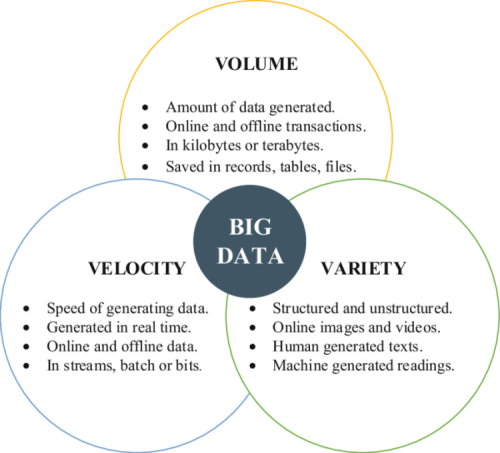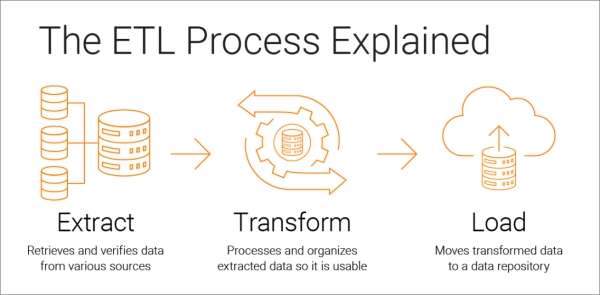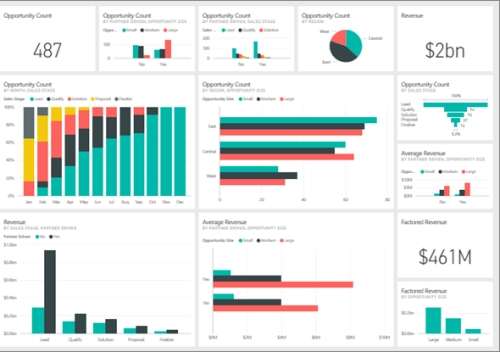Aviation Big Data Project: Turbulence Prediction and Flight Route Optimization
Managing and predicting turbulence in real-time is a significant challenge in the aviation industry. Turbulence can lead to flight delays, passenger discomfort, and increased fuel consumption. Our project, “Turbulence Prediction and Route Optimization using Big Data,” focuses on developing a system that uses weather data, in-flight sensor data, and historical flight patterns to predict turbulence and optimize flight routes dynamically.
By integrating big data analytics and machine learning models, this project aims to enhance passenger safety, minimize flight disruptions, and reduce fuel consumption, ultimately leading to operational and economic benefits for airlines.

Key Team Roles and Skills
- Chief Data Officer (CDO)
- Role: Oversee the project strategy, ensuring that turbulence prediction aligns with business objectives and safety regulations.
- Skills Required:
- Strategic planning
- Data governance and regulatory compliance (e.g., FAA, EASA)
- Leadership in data-driven decision-making
- Data Engineers
- Role: Build and maintain data pipelines to gather weather data from meteorological services, aircraft sensors, and air traffic control systems.
- Key Skills:
- ETL processes for integrating multiple data sources
- Cloud-based data infrastructure management
- Real-time data streaming (e.g., Kafka, Apache Flink)

(ETL (Extract, Transform, Load) transforms data before loading it into the target system, while ELT (Extract, Load, Transform) loads raw data first and transforms it within the system. ETL suits traditional setups, whereas ELT excels in scalable, cloud-based environments.)
- Data Scientists
- Role: Develop machine learning models that analyze weather data, flight routes, and historical turbulence occurrences to predict turbulence intensity.
- Skills Required:
- Predictive modeling and machine learning
- Time series analysis for weather patterns
- Deep learning models for anomaly detection
- Data Analysts
- Role: Interpret and visualize turbulence predictions and their impact on fuel efficiency and flight delays.
- Key Skills:
- Data visualization using Power BI or Tableau
- Statistical analysis
- Business reporting

- Software Developers
- Role: Build the software applications that pilots and air traffic controllers use to receive turbulence alerts and route optimization suggestions.
- Key Skills:
- Backend development for real-time applications
- API development for data integration
- Frontend development for intuitive user interfaces
- Cloud Architects
- Role: Design scalable, cloud-based solutions for storing and analyzing large volumes of weather and flight data.
- Skills Required:
- Cloud platforms (AWS, Azure)
- Big data storage systems (e.g., data lakes)
- Real-time data processing infrastructure
- Security Specialists
- Role: Ensure data privacy and secure communication between aircraft systems and ground control.
- Key Skills:
- Encryption and secure protocols
- Data compliance (GDPR, PIPEDA)
- Cybersecurity measures
- Project Managers
- Role: Manage the overall project, ensuring that teams work collaboratively and meet deadlines.
- Key Skills:
- Agile project management
- Resource allocation
- Risk management
- Business Analysts
- Role: Gather requirements from stakeholders, ensuring that turbulence predictions meet airline operational needs.
- Key Skills:
- Requirement gathering and stakeholder management
- Business process mapping
- Change management
System Development Life Cycle Approach for the Project
To ensure the successful delivery of the project, we adopt the System Development Life Cycle (SDLC) framework, which breaks the project into distinct, manageable phases:
- Planning Phase:
- Identify project objectives: Enhance turbulence prediction and reduce flight delays.
- Define scope: Integration of weather data, flight path optimization, and real-time alerts.
- Conduct feasibility study: Evaluate technological, operational, and financial feasibility.
- Requirement Gathering and Analysis:
- Collaborate with stakeholders, including airline operations, pilots, and IT teams, to define system requirements.
- Identify critical data sources: Meteorological data, aircraft sensor data, and flight history.
- Ensure compliance with aviation regulations and security policies.
- System Design:
- High-level design: Define overall architecture, including data flow and cloud infrastructure.
- Detailed design: Specify components such as predictive models, real-time data ingestion pipelines, and user interfaces for pilots.
- Design secure communication channels for data transmission.
- Development Phase:
- Develop machine learning models for turbulence prediction using training data from previous flights.
- Build real-time data integration pipelines using Apache Kafka or Flink.
- Develop the application interface for pilots to receive alerts.
- Testing Phase:
- Conduct unit, integration, and system testing to verify that each component functions correctly.
- Simulate real-world conditions to test prediction accuracy and system responsiveness.
- Ensure security testing to protect sensitive data.
- Deployment Phase:
- Deploy the system in a controlled environment, such as a test fleet.
- Roll out progressively across the airline’s network, monitoring for any issues.
- Maintenance and Monitoring Phase:
- Continuously monitor system performance and prediction accuracy.
- Optimize models based on new data and feedback from pilots.
- Ensure system updates and security patches are regularly applied.
Recoimmended Article: Types of Structured Data and Air Traffic Control (ATC)
Conclusion
This turbulence prediction and flight route optimization project is a perfect example of how multidisciplinary collaboration and systematic development can lead to innovative aviation solutions. By leveraging SDLC, each stage of development is carefully planned, executed, and monitored, ensuring the system’s long-term success in reducing operational disruptions and enhancing passenger safety.


